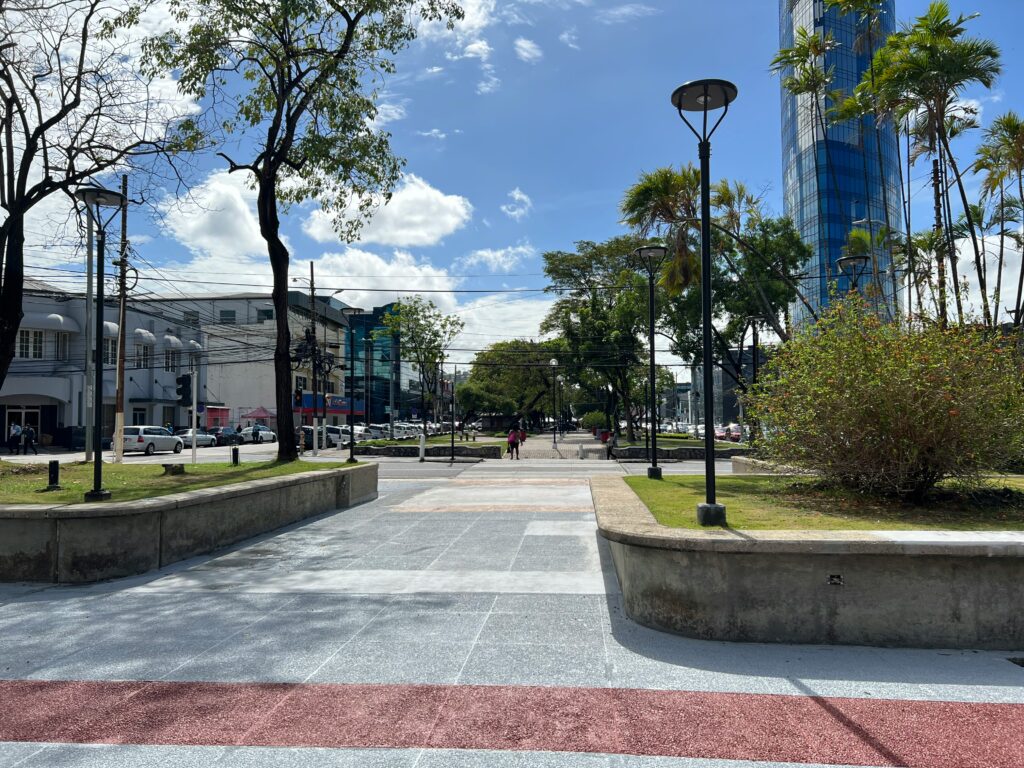
# Essential Insider Guide: Where to Find Official Lists of Areas to Avoid in Trinidad and Tobago
Traveling to Trinidad and Tobago? You’re in for a treat. This beautiful twin-island nation is known for its vibrant culture, stunning beaches, and exceptional food. But like with many destinations, there are areas you might want to avoid—for safety’s sake. Whether you’re planning a quick vacation or a longer stay, having the right information is crucial. In this guide, I’ll walk you through where to find reliable lists of areas to steer clear of so you can enjoy your trip with peace of mind.
Understanding the Area: The Good and the Bad
Before diving into the lists, let’s get an overview. Trinidad and Tobago have some fantastic spots you don’t want to miss, like the beaches of Tobago or the lively streets of Port of Spain. However, there are neighborhoods known for higher crime rates, which makes it essential to be informed before you visit.
Why Do You Need These Lists?
It’s all about making informed decisions. In any country, there are areas that might not be suited for tourists, often due to safety concerns. Having a solid understanding and knowing where to avoid can ensure you have a fantastic and trouble-free experience.
Official Sources: Where to Find Reliable Information
To get trustworthy data, you’ll want to go straight to the source. Here are some places that provide up-to-date information about areas to avoid in Trinidad and Tobago:
- Trinidad and Tobago Police Service (TTPS): This is your go-to for the most trustworthy information. Their official website often releases reports and press releases that highlight areas experiencing increased criminal activity.
- U.S. Department of State Travel Advisory: The State Department periodically updates travel advisories that include safety information on different regions. While it’s U.S.-centric, it’s generally reliable.
- Local News Outlets: Websites like the Trinidad Guardian or the Newsday often have sections dedicated to safety and crime. Tuning into local news can give you real-time insights.
Leveraging Social Media for Real-Time Updates
Another great resource? Social media. Platforms like Twitter and Facebook can be surprisingly effective for getting updated information. Here’s how:
Follow Local Influencers and Residents
Engaging with local influencers or travel bloggers can provide invaluable insights. They often share their experiences, including which areas might not be safe for tourists. Try searching for hashtags like #TrinidadSafety or #TobagoTravel to get started.
Facebook Groups and Forums
Look for travel-related Facebook groups focused on Trinidad and Tobago. Residents often share tips that aren’t noted in official sources. You can ask questions, and many members are happy to offer advice.
What to Avoid: Common High-Crime Areas
While it’s crucial to have the information at hand, it’s just as important to understand the context. Here are some neighborhoods frequently mentioned as areas to be cautious of:
Port of Spain
The capital city has vibrant nightlife and beautiful sights but also pockets that see higher crime rates. Areas such as Laventille and Beetham, although known for their cultural contributions, have also been highlighted in safety reports. When you’re in these areas, stay alert and consider traveling during the daytime.
San Fernando
This city, known for its bustling activities, has neighborhoods where crime is a concern. If you’re venturing out, visit the city center and steer clear of the outskirts during off-peak hours.
Tips for Staying Safe
Even when you have a list of areas to avoid, safety doesn’t stop there. Here are essential tips to keep in mind:
Plan Your Routes Ahead of Time
Whether using a taxi or driving, having a clear plan can save you from heading into less safe neighborhoods by accident. Google Maps can indicate safe routes, so use it!
Trust Your Instincts
If something feels off, it probably is. Don’t hesitate to leave or change your plans if you feel uncomfortable. Your intuition is a powerful tool.
Use Reputable Transportation Services
Opt for well-reviewed taxi services or ride-shares. They’re generally safer than hailing random cabs off the street. Apps like Uber are available too, which adds a level of accountability for your rides.
Local Recommendations
Sometimes, the best advice comes straight from locals. If you have friends or acquaintances in Trinidad and Tobago, ask them for their input. They can give you personalized recommendations about which areas to avoid and where to find the best experiences.
Additionally, look out for local blogs or publications that cover travel in Trinidad and Tobago, as they might have updated insights, especially for tourists.
Final Thoughts
Your trip can be as enjoyable as you make it—and staying informed is a big part of that. By knowing where to find official lists of areas to avoid, listening to locals, and trusting your instincts, you’re setting yourself up for a successful travel experience. Remember, it’s not just about avoiding danger; it’s also about enjoying the rich culture, food, and breathtaking landscapes Trinidad and Tobago have to offer.
Happy travels!
Related: Trinidad Guardian – a reliable news source for updates and local events.
**Related Reading:**
– [Related: How to Plan a Solo Trip on a Budget]
– [Related: Top Destinations for First-Time Solo Travelers]
**#SoloTravel #Essential #Insider #Guide #Find #Official #Lists #Areas #Avoid #Trinidad #Tobago**
